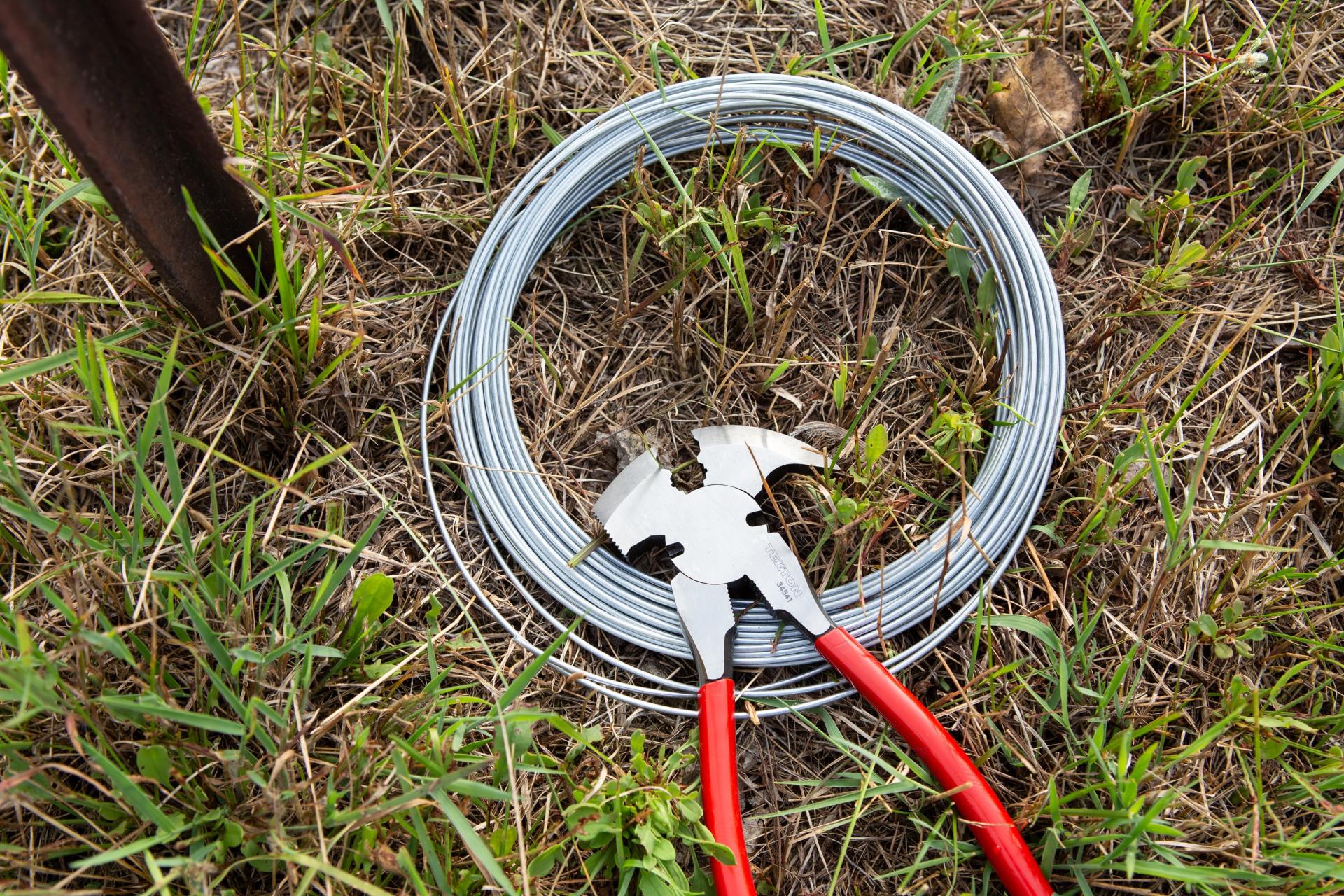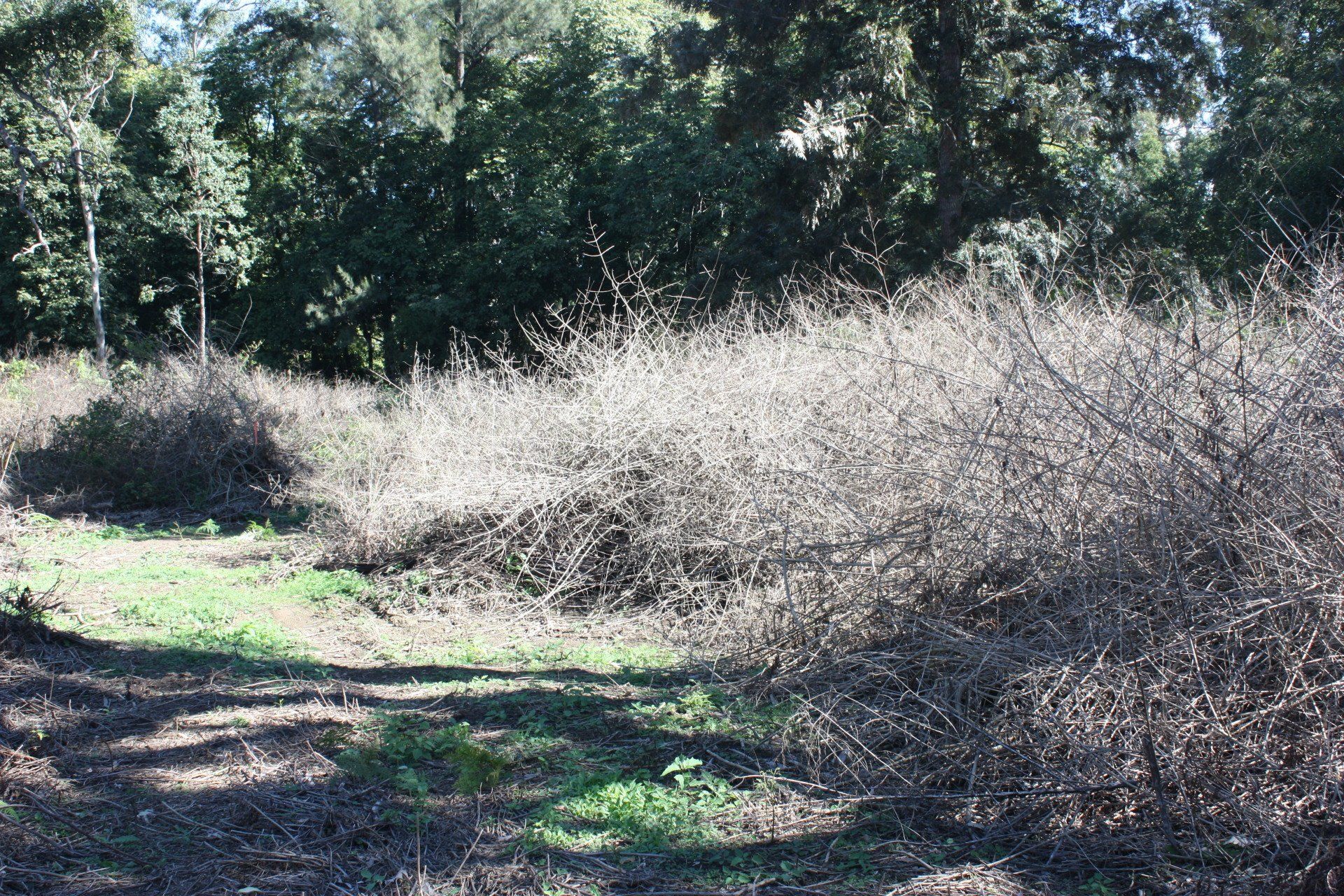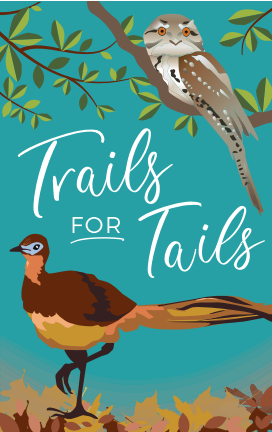Resources
Threats to Albert's Lyrebird and Marbled Frogmouth are also common to most native species in Australia. Through protecting them, we can protect many more. As our project progresses, we will collecting information resources and publishing them here to help landholders develop knowledge and skills to manage threats and restore and protect critical areas of habitat. Be sure to revisit this page from time to time to see what else we have found that might be useful to you. Happy reading!

What weed is that?
It's hard to remember the name of each and every individual weed you come across in the garden. So, we have sourced a simple and easy guide that explains the most common weeds on the North Coast. It explains control methods and native plant look alikes, which is helpful. It could be the difference between treating a weed or accidently killing a native.

Foxes and Cats
Foxes and cats are a real problem to our native birds and small mammals. It's important to get the best advice possible if you're wanting to put your own control measures in place. Read up on theses guidlines from the Cape to Cape conservation group and seek further advice from your Local Land Services if you want to pursue management actions. We support the use of humane methods, which is not always an option. The choice of which control method you use is ultimately your decision.

Small Steps to Make Your Property Wildlife Friendly
We understand that fencing is a crucial component to property management particularly where you have livestock, but did you know not all fences are friendly to our native wildlife? Yep, many animals - owls, bats, gliders and kangaroos - die every year from getting caught on barbed wire and poorly maintained fences. The pictures a too gruesome to share. By changing a couple of strands to plain wire you can make a big difference. Read more about how you can turn your property into a more friendly space for all animals.

Birds in a Changing Climate
Climate Change is a topical subject. Regardless of your position in the debate, its hard to deny summers are hotter, droughts are worse and weather events are more extreme. Ever wondered what effects this is having on our native species? Click on the link below to find out what changes these birds face and the hard truth as to whether species will adapt and survive or who might become extinct.

Looking at whats Under the Canopy
Did you know only 3% of Australian landscapes are occupied by Rainforests? It used to be much greater. While 3% doesn't seem like much in the scheme of things, these pockets of forest are crucial to providing habitat for hundreds of plant and animal species. Around the world, rainforests make up 6% of the worlds surface and produce up to 40% of it's oxygen. There are many other services rainforests provide. Click the link below to learn about the importance of NSW rainforests.

Basic Skills for Landholders
Bush regeneration is the art of encouraging the growth of native species by controlling the non-native (weed) species. Techniques vary according to location, terrain and vegetation type. Approaches will also vary from property to property and reflect the degree of degradation and amount of work needed to restore a well-structure and diverse forest. Here are some guidleline by Coffs Harbour Regional Landcare that can help you get started with your bush regeneration journey.

A Guide to Conservation
In collaboration with WWF-Australia, the Environmental Defenders Office developed this guide to aid landholders in conserving their property. Particularly after the 2019-20 Black Summer Bushfire events.
